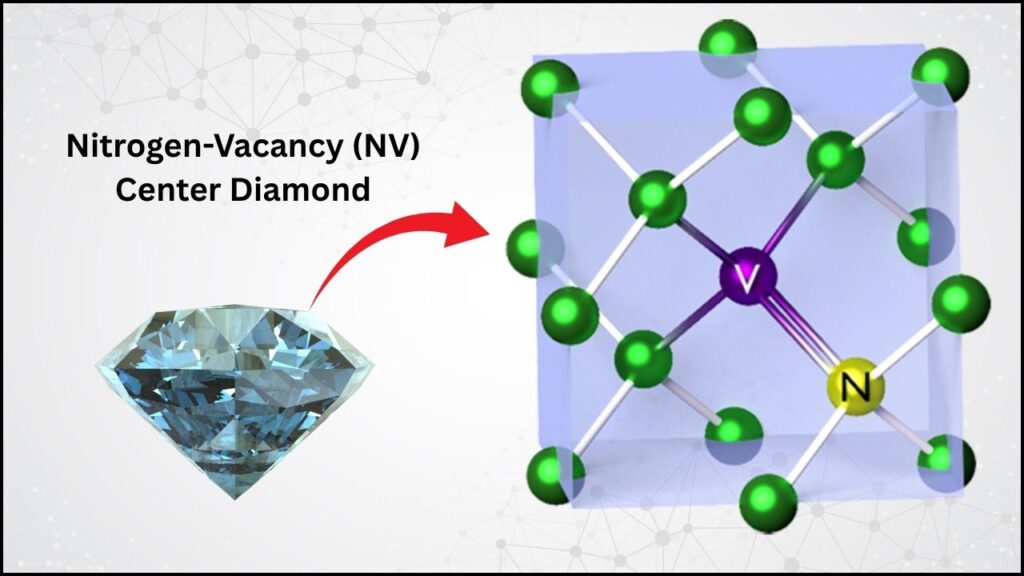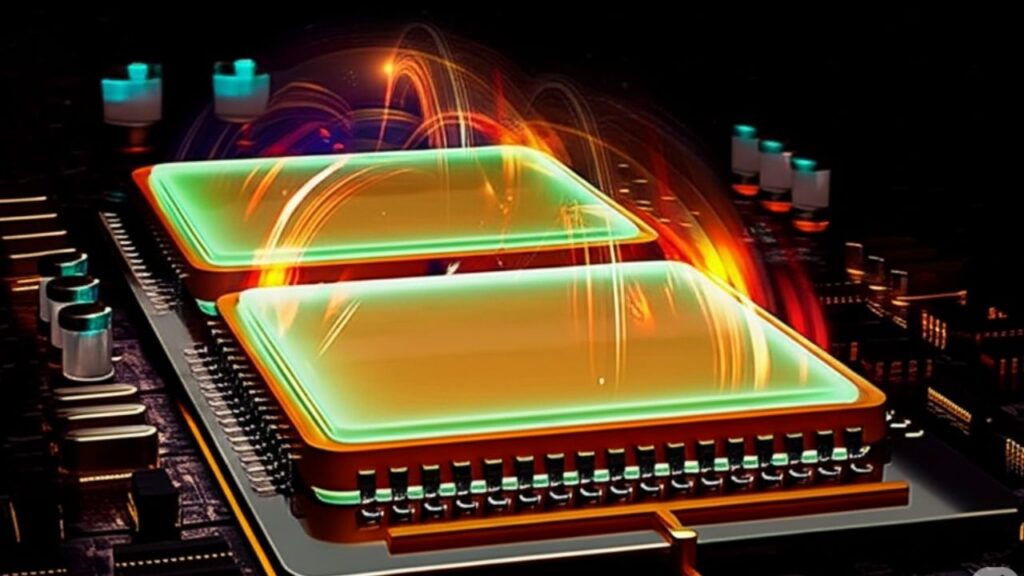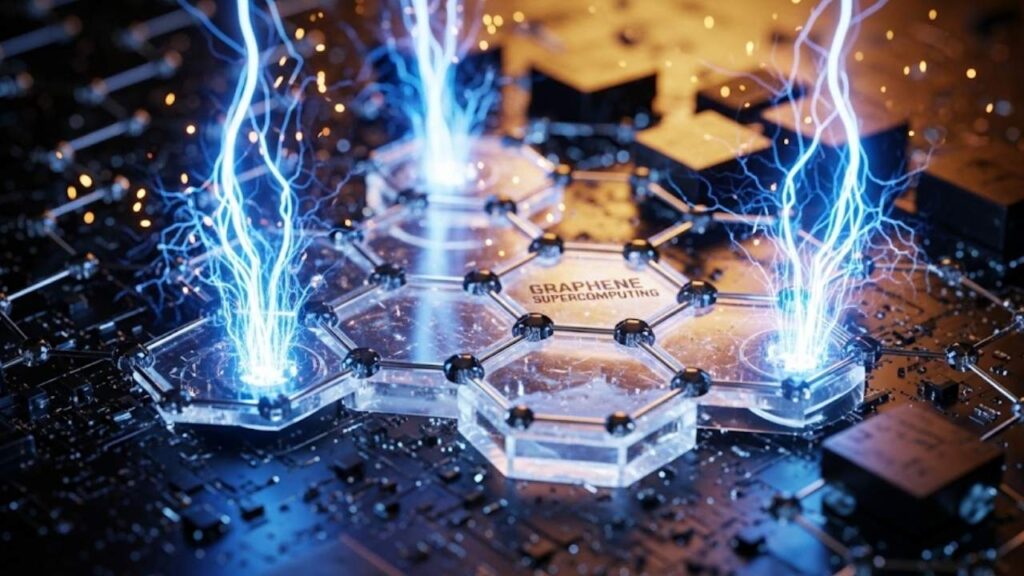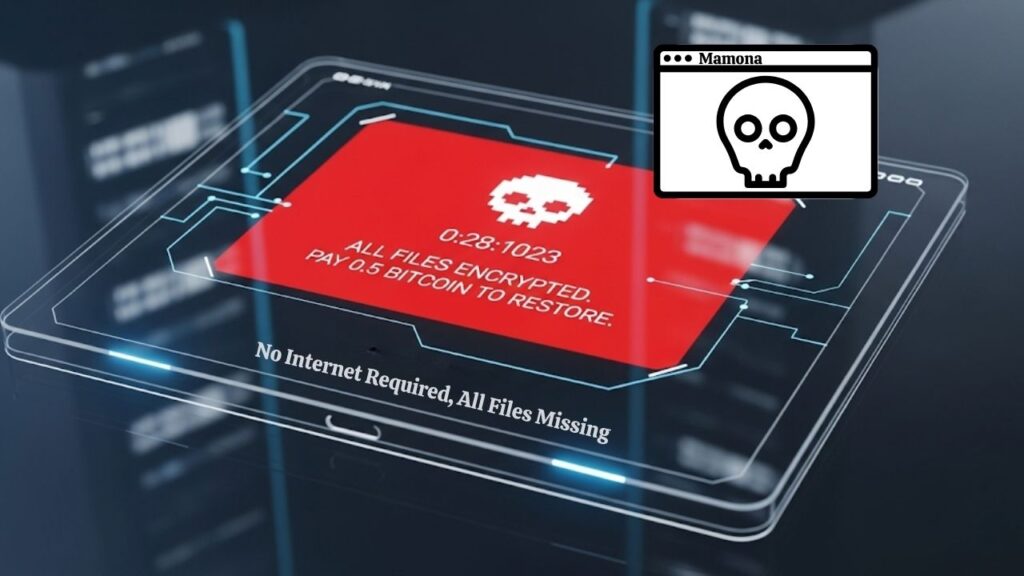Quantum technology is moving forward at an exciting pace, and one of the most promising breakthroughs in 2025 involves precise engineering of quantum defects in diamonds. These tiny, intentional imperfections in diamond crystals open new doors to building scalable quantum devices that could revolutionize computing, communication, and sensing technologies. This article explains how diamond quantum technology works, why precision is so important, and what these advances mean for both newcomers and experts eager to understand the future of quantum devices.
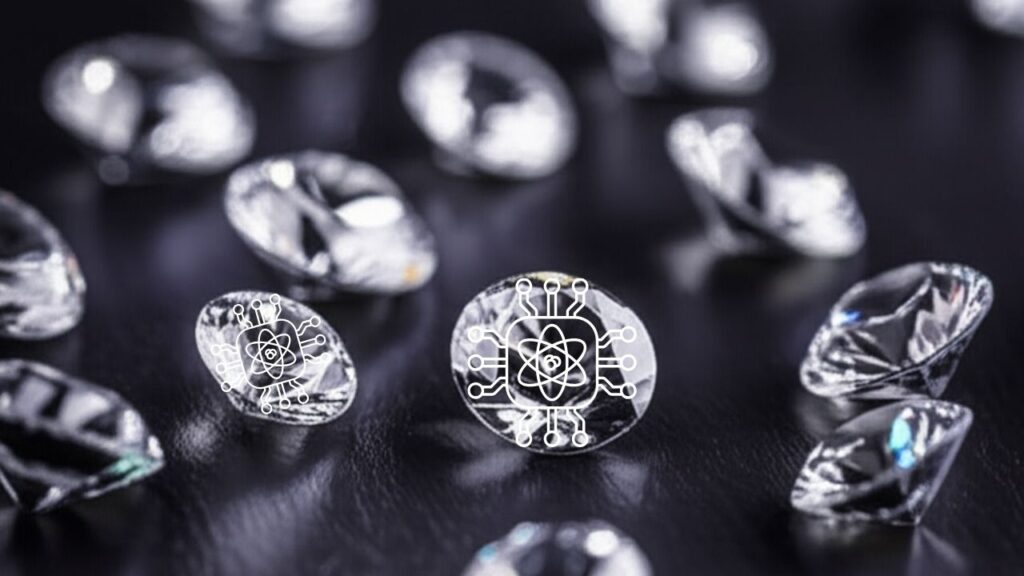
Table of Contents
What Are Quantum Defects in Diamonds?
Diamonds are well-known for their beauty and hardness, but they also possess unique properties at the atomic level that make them ideal for quantum technology. Inside a diamond, some carbon atoms can be replaced or removed to create quantum defects or color centers. These defects behave differently than normal atoms and can trap and control quantum particles like electron spins.
One key example is the tin-vacancy center—a type of Group-IV color center—where a tin atom replaces a carbon atom alongside a missing atom (vacancy). These centers act as quantum bits (qubits) that can communicate quantum information by coupling the spin of an electron to photons (light particles).
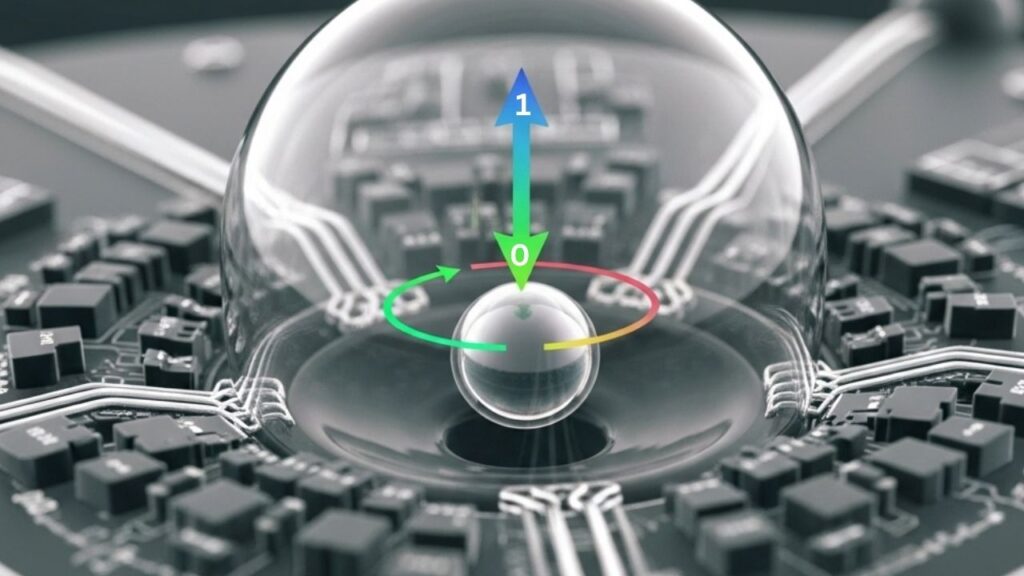
This spin-photon link is essential for developing quantum networks—essentially, a quantum internet—that enable ultra-secure communication and distributed quantum computing.
Why Does Precision Matter?
The power of diamond quantum technology depends on how precisely these quantum defects can be created and controlled. If defects are randomly placed or poorly activated, the quantum device will perform inconsistently or fail to scale effectively.
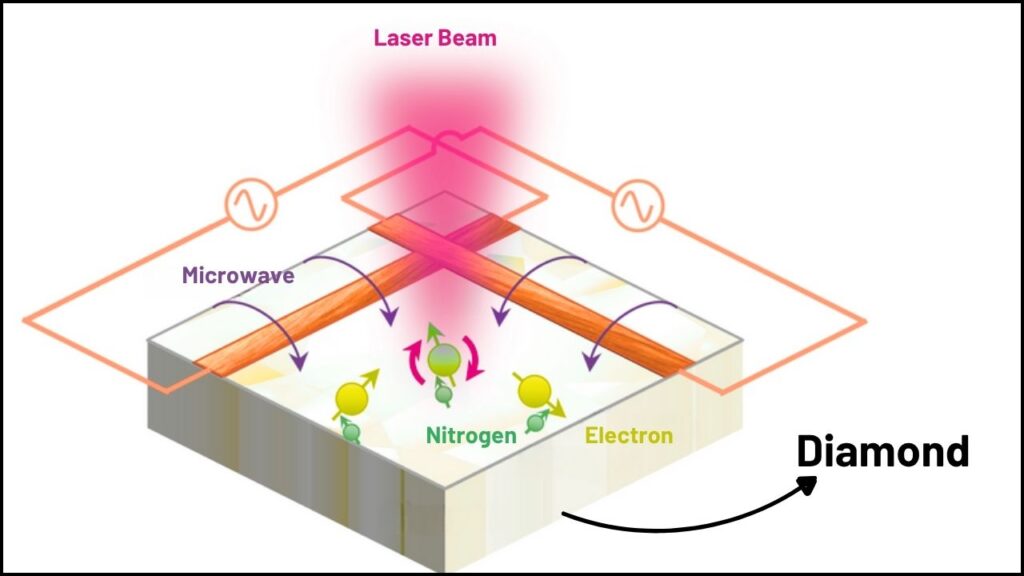
Scientists have recently pioneered a two-step fabrication method using ultrafast lasers that activates single tin atoms at extremely precise locations inside synthetic diamonds. This approach allows real-time monitoring of each defect as it turns “on,” enabling far greater control and reproducibility than before. This level of precision is a game-changer for making reliable, scalable quantum devices needed to build systems like quantum computers and secure communication networks.
Diamond Precision May Be the Key to Scalable Quantum Devices
| Feature | Details |
|---|---|
| Quantum Defects Used | Tin-vacancy centers (Group-IV color centers) |
| Precision Method | Two-step fabrication with ultrafast laser activation |
| Material | Synthetic ultra-pure diamond |
| Applications | Quantum communication, scalable quantum computing, quantum sensing |
| Advantages | Room-temperature operation, ultra-high fidelity quantum gates |
| Error Rates Achieved | Quantum gates with error rates as low as 0.001% |
| Leading Entities | Universities of Oxford, Cambridge, Manchester; CSIRO; Quantum Brilliance |
| Official Resource | Oxford Quantum Technology Research |
Precise engineering of quantum defects in diamonds is opening the door to scalable, practical quantum devices. Breakthroughs like pinpoint activation of individual tin atoms and achieving ultra-low error quantum gate operations are setting the stage for quantum computers, ultra-secure communication networks, and revolutionary sensing technologies that could become as accessible and impactful as today’s classical computers.
By mastering how quantum defects in diamonds work and investing in precision fabrication and collaborative innovation, industries and researchers worldwide are poised to ride the next wave of the quantum revolution.
How Do Diamond Quantum Devices Work? A Step-by-Step Guide
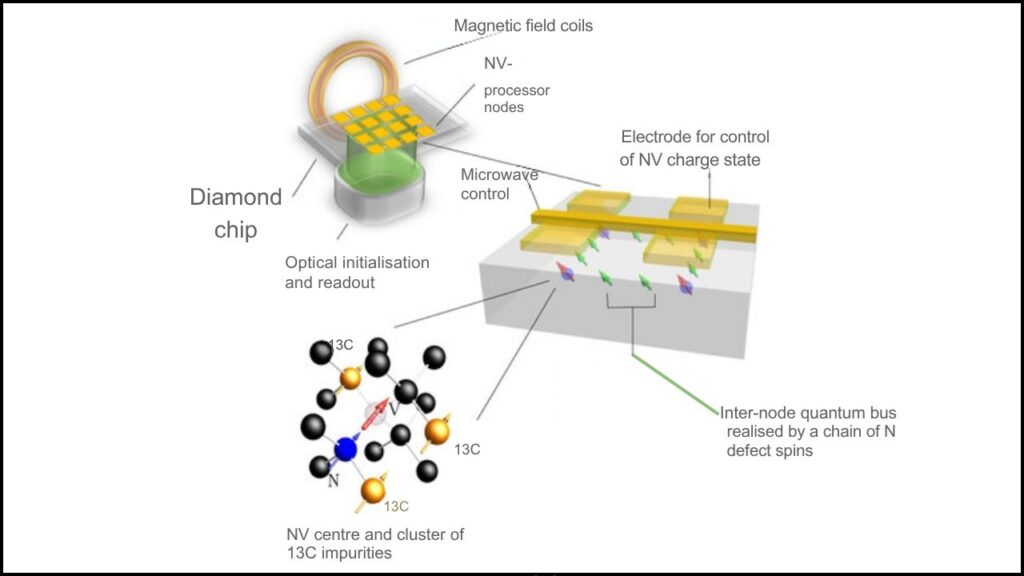
1. Growing Synthetic Diamonds and Creating Defects
Researchers start with laboratory-grown ultra-pure synthetic diamonds. Then, atoms such as tin, silicon, or nitrogen are implanted into the crystal to create vacancies—missing atoms—that alter the diamond lattice. These implanted atoms are precisely activated using a focused ultrafast laser beam, forming the desired quantum defects that act as qubits to store quantum information.
2. Establishing the Spin-Photon Interface
Each quantum defect functions as a spin-photon interface, meaning the spin state of the trapped electron interacts directly with photons. This interaction is crucial because photons can travel over long distances in fiber optics or free space, enabling quantum data transfer between devices or nodes on a quantum network.
3. Manipulating and Reading Quantum States
Using lasers and microwave signals, scientists manipulate the qubit’s spin state—essentially programming and reading its quantum information. Precision improvements have lowered operational errors to a tiny 0.001%, making quantum gates (logic operations) highly reliable.
4. Integrating Into Devices and Networks
Arrays of quantum defects are integrated into thin diamond membranes and combined with photonic structures, creating sophisticated quantum devices. These integrated devices promise practical quantum computers and ultra-secure quantum communication networks capable of operating at room temperature, which greatly simplifies their deployment.
Practical Implications for Industry and Researchers
Quantum technology professionals and industry decision-makers should note these trends and opportunities:
- Material Quality Is Key: Using the purest synthetic diamonds with customized isotope compositions enhances quantum coherence, directly impacting device performance.
- Adopt Precision Fabrication: Ultrafast laser activation and atomic-scale control will soon be industry benchmarks for scalable quantum hardware.
- Explore Hybrid Systems: Combining diamond-based quantum processors with classical computers and AI can maximize performance and broaden use cases.
- Room-Temperature Quantum Devices: Diamond qubits operate at room temperature, eliminating the need for bulky and expensive cooling systems, enabling portable, flexible quantum devices.
- Cross-Disciplinary Collaboration: Cooperation between universities, research institutes, and commercial companies—like in the UK, Australia, and beyond—is essential for rapid progress and practical deployment.
Real-World Applications of Diamond Quantum Technology
- Ultra-Secure Communications: Quantum networks built with diamond qubits enable communication that traditional hacking methods cannot break due to quantum encryption.
- Quantum Computing: Diamonds enable stable, low-error quantum gates critical for building large-scale quantum computers that can solve problems beyond the reach of classical machines.
- Quantum Sensing: Nitrogen-vacancy centers in diamonds serve as ultra-sensitive detectors for magnetic fields, temperature, and pressure, with uses in medical imaging, navigation without GPS, and infrastructure monitoring.
Aegiq and Pixel Photonics Team Up to Supercharge Scalable Quantum Computing
Metasurfaces Could Be the Future of Quantum Computing—Here’s Why Everyone’s Talking
Quantum Computing Reaches New Heights: Transmon Qubit Coherence Shatters the Millisecond Barrier
FAQs About Diamond Precision May Be the Key to Scalable Quantum Devices
Q1: What makes diamond so special for quantum technology?
Diamonds offer an ultra-stable, pure crystal environment where quantum defects maintain their states longer and interact efficiently with light, making quantum data storage and transmission possible at practical temperatures.
Q2: How is diamond quantum technology different from others?
Unlike many quantum systems requiring extreme cold, diamond quantum devices function at or near room temperature, greatly enhancing practicality and scalability.
Q3: What challenges remain for diamond quantum devices?
Scaling to larger qubit arrays with consistent precision, integrating with existing quantum and classical systems, and manufacturing at scale remain significant engineering hurdles.
Q4: Who leads the research in this field?
Major contributors include the Universities of Oxford, Cambridge, and Manchester, Australia’s CSIRO, and companies like Quantum Brilliance advancing commercialization.

